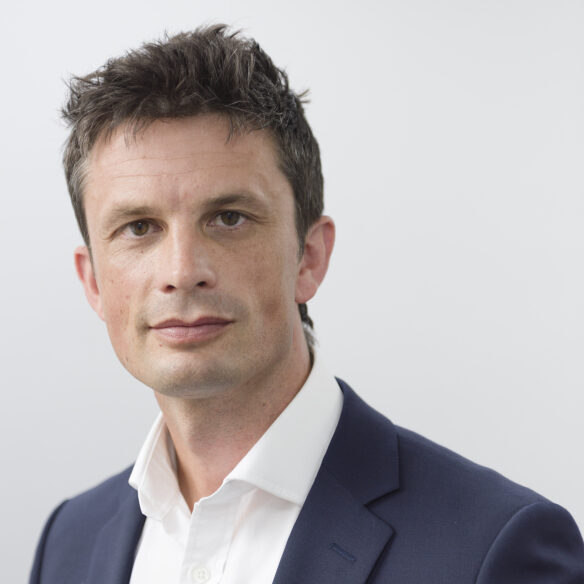People who experience breathlessness during exercise tend to be diagnosed with exercise-induced asthma. However, for some patients, these symptoms are not alleviated by standard asthma treatments. Instead, the cause may be a laryngeal obstruction.
At Royal Brompton & Harefield Hospitals Specialist Care, consultant respiratory physician Dr James Hull regularly treats patients misdiagnosed with asthma.
“Some people have the wrong diagnosis for a long time – sometimes even years,” says Dr Hull. “Not only are people missing vital treatments – but they’re also being given unnecessary inhalers for asthma which isn’t going to help. It can actually make them feel even worse.”
For these patients, exercise-induced laryngeal obstruction (EILO) should be considered. EILO is a reversible narrowing of the larynx that occurs during high-intensity exercise. It impairs airflow, causes shortness of breath, wheezing and often, discomfort in the throat and upper chest.
Compared to asthma or other breathing disorders, EILO is characterised by exercise-induced ‘stridor’, a harsh inspiratory sound due to turbulent airflow through a narrow laryngeal opening.
Symptoms of EILO typically reach their highest point towards the peak intensity of an exercise session and then settle rapidly on stopping exercise.
Diagnosis
Dr James Hull explains that accurate diagnosis needs specialist equipment. “The problem is that the only way to really tell the difference between EILO and asthma is to put a camera up the patient’s nose and look at how the airways are closing.”
This test is called a continuous laryngoscopy during exercise (CLE), and it is not widely available. Royal Brompton & Harefield Hospitals Specialist Care is one of only a few centres able to offer a CLE test to patients, carried out by Dr Hull on adult patients, and Dr Samatha Sonnappa on patients under the age of 16.
Seeing is believing
During the CLE test, the consultant attaches a fibreoptic laryngoscope to specialist headgear, then takes a continuous visual recording of the larynx while the patient exercises.
Firstly, a local anaesthetic gel or spray is used to numb one of the nostrils, then the laryngoscope is gently passed up the nostril to the back of the throat. Some patients may experience a little discomfort in this area, but it does not hurt.
Then, while attached to an electrocardiogram (ECG), patients will exercise on a static bike or treadmill to the point of breathlessness.
Treatments
Once diagnosed with EILO, patients can often control their symptoms with therapies such as improving laryngeal hygiene, ensuring adequate fluid intake, treating nasal problems and using specialist breathing techniques.
However, surgery may be an option for patients who have tried more conservative management therapies and have seen no improvement. In the case of severe supraglottic collapse and pronounced symptoms during strenuous exertion, surgical treatment in the form of a supraglottoplasty may be suggested.
Contact us
For more information or to book an appointment, please contact our customer care team.

